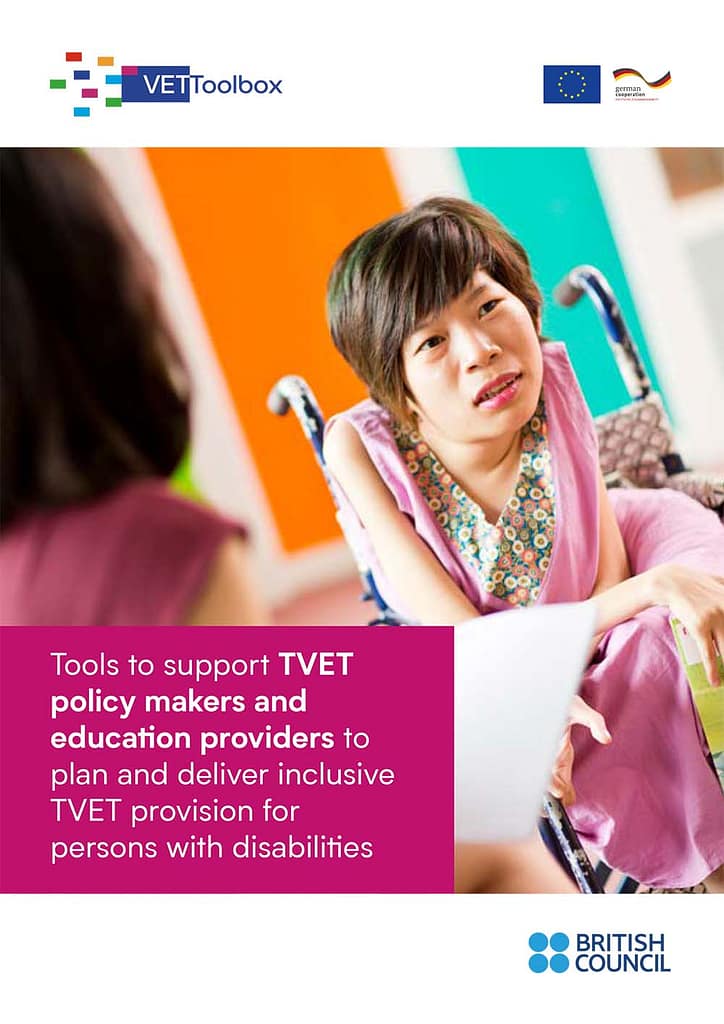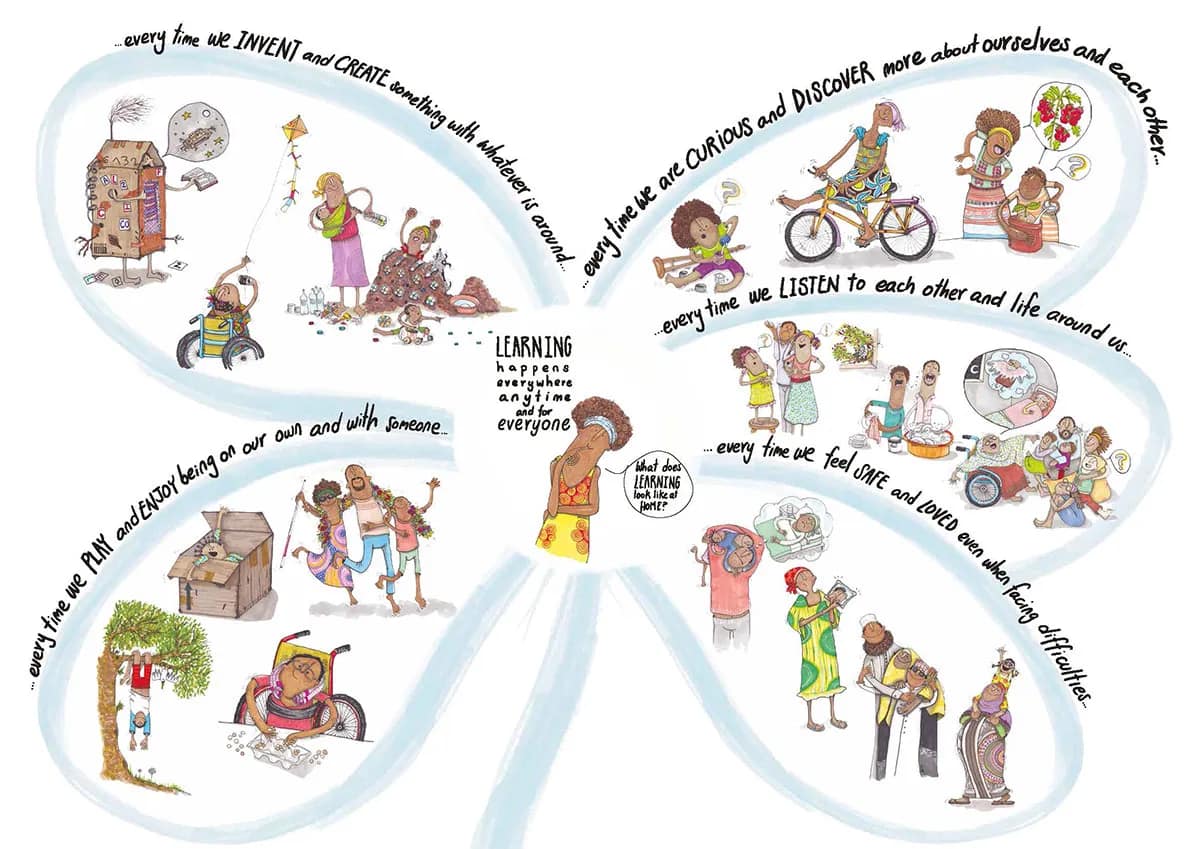Purpose and Focus: The tools’ primary aim is to support TVET stakeholders in making their programs inclusive and accessible to persons with disabilities. It outlines strategies to create more demand-driven TVET systems, engaging the private sector and improving responsiveness to laboir market needs. Importantly, it places special emphasis on increasing access to employment, particularly for disadvantaged groups, including persons with disabilities.
Challenges to Inclusion: The document identifies several barriers that hinder the participation of people with disabilities in TVET systems, such as:
- Discriminatory policies: Even when inclusive legal frameworks exist, they are often not fully implemented.
- Lack of data: Disability-disaggregated data is rarely collected, which hampers efforts to develop inclusive strategies.
- Physical and communication barriers: These prevent access to TVET information and facilities.
- Attitudinal barriers: Prejudices and stereotypes about the capabilities of persons with disabilities limit their opportunities.
Engagement of OPDs: The role of Organizations of Persons with Disabilities (OPDs) is highlighted as crucial. OPDs bring the lived experiences of people with disabilities into the design of inclusive TVET programs and help ensure that interventions address real barriers.
Self-Audit and Assessment Tools: Two major tools are introduced:
- Tool 1 assesses the inclusiveness of national TVET policies.
- Tool 2 evaluates the inclusiveness of individual TVET colleges, encouraging them to establish Disability Support Units (DSUs) to help students with disabilities.
Case Studies: The document also includes case studies from countries like Bangladesh and Zambia, showcasing successful disability inclusion efforts in their national TVET systems.
Practical Applications:
This document serves as a comprehensive guide for TVET policymakers and educational institutions striving to create more inclusive learning environments. By following the assessment indicators and engaging with OPDs, institutions can make significant progress in ensuring that persons with disabilities have equal access to vocational education and, ultimately, the labor market.



